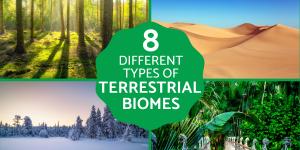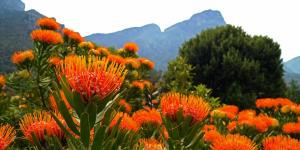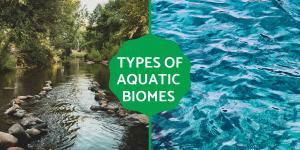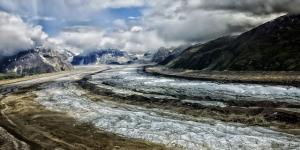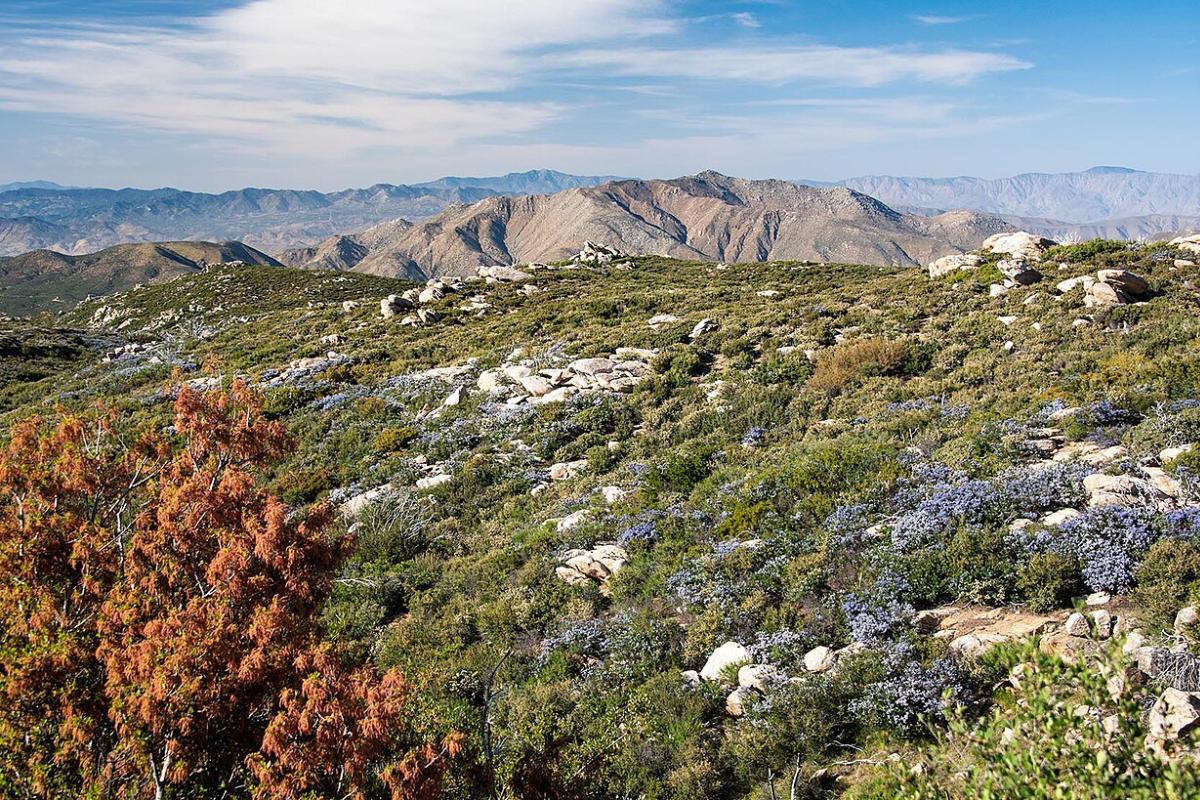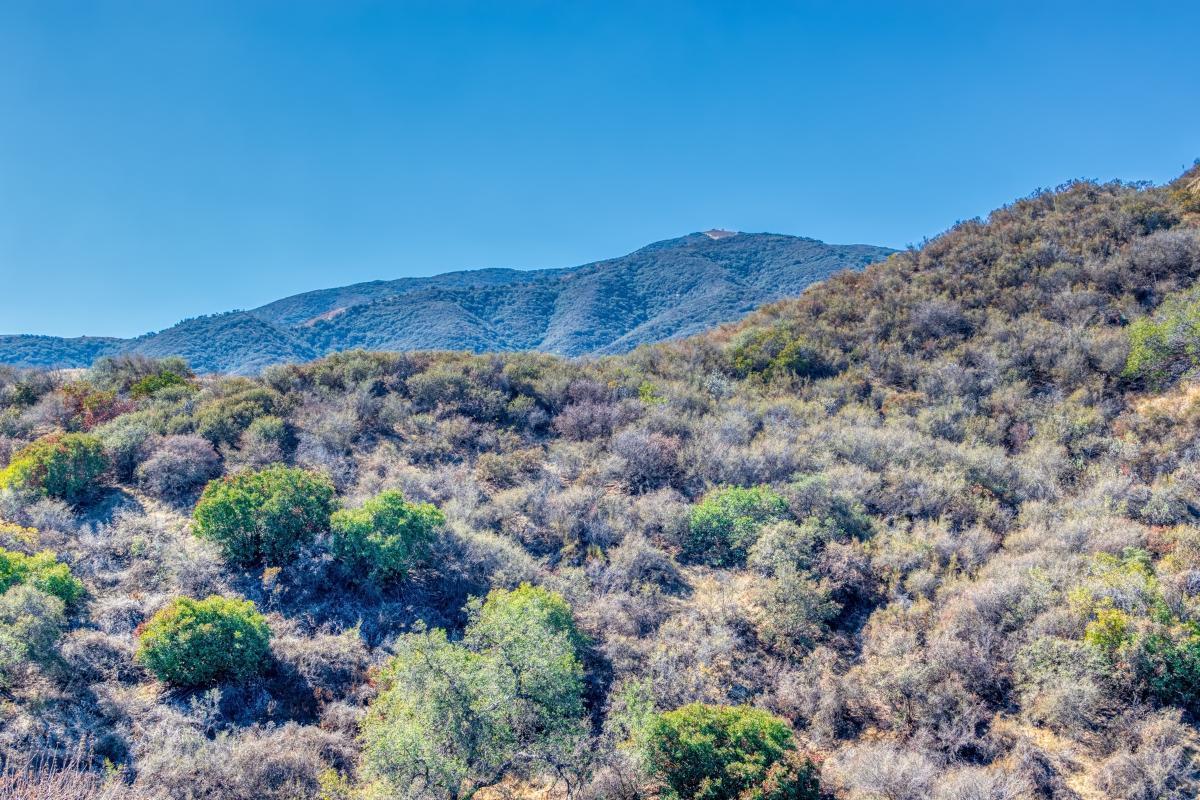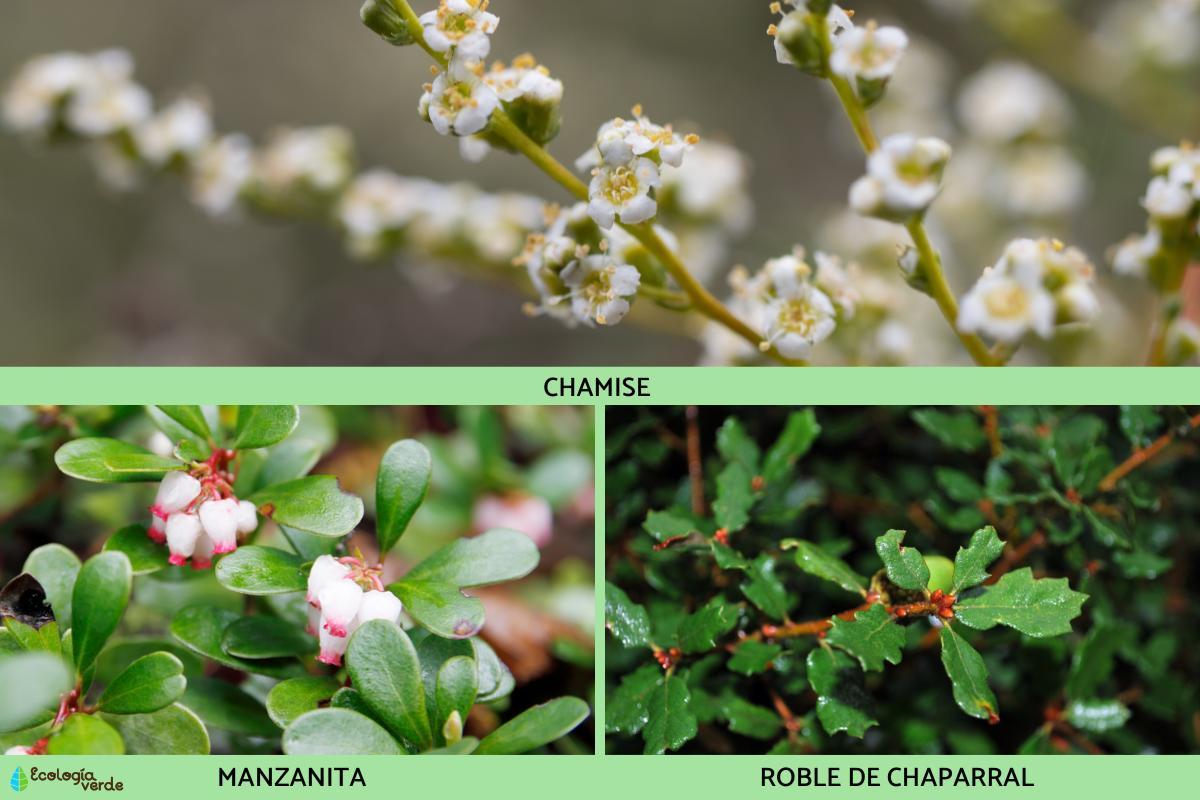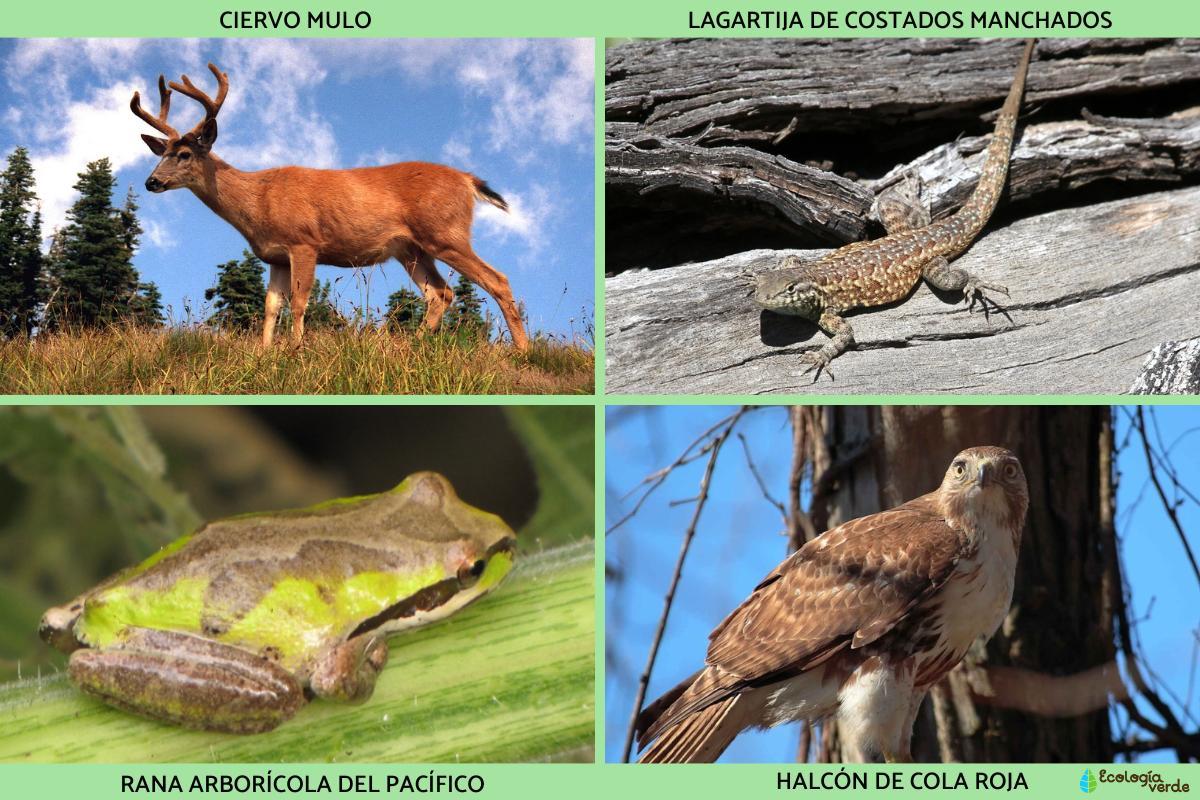What is a Chaparral Biome?


A chaparral is a biome characterized by dense and shrubby vegetation which have a Mediterranean climate. The latter means they have dry summers and went winters. This type of biome is most associated with the United States, but there are chaparrals outside of the US such as in the Mediterranean basic, Chile, Australia and South Africa. Since they are defined by certain types of vegetation, they have animals which can only survive in these ecosystems. thedailyECO discovers more by asking what is a chaparral biome? We specifically look at the climate, flora and fauna of these biomes.
What is chaparral biome and its characteristics?
Chaparral is a biome characteristic of regions with a Mediterranean climate, i.e. areas that experience warm and dry summers with mild and wet winters. Here are some of the main characteristics of a chaparral biome:
- Vegetation: a chaparral is dominated by evergreen shrubs with small, stiff leaves designed to conserve water in the dry climate. Typical plants include oak, madrone and sage. Trees found in these regions are typically medium-sized and have drought-resistant leaves.
- Fires: many plants are adapted to forest fires which are common in these areas due to the accumulation of dry material during the long summers. Many plant species even require fire for their seeds to germinate. Learn more about them with our article on types of pyrophytic plants.
- Countries: this type of vegetation which creates a chaparral biome is found mainly in areas such as the Mediterranean basin, California, parts of Chile, Australia and South Africa .
- Biodiversity: despite its arid appearance, a chaparral is home to a rich biodiversity. It is home to a wide variety of animals such as deer, coyotes, birds of prey and numerous species of insects and reptiles.
- Land: this biome tends to have thin and nutrient-poor soils which limit the growth of larger plants. However, the species that inhabit this biome are perfectly adapted to these conditions.

What is the chaparral climate?
Climate is one of its most defining characteristics of the chaparral biome. As we have stated, this biome develops in regions with a Mediterranean climate. This type of climate is characterized by having specific temperature and precipitation patterns that directly influence the vegetation and fauna of the area.
During the summer, temperatures in chaparral areas are often quite high, with highs that can exceed 86ºF (30ºC). Combined with a lack of rainfall, this intense heat causes drought conditions that limit the growth of many plants. Chaparral plants are adapted to survive these conditions. They usually have small and tough leaves that minimize water loss.
Unlike the summers, winters in the chaparral are mild and humid. Temperatures rarely fall below 41ºF (5ºC), with most of the annual rainfall concentrated in this season. Rainfall ranges from 250 to 750 mm annually and is crucial for recharging soil moisture. This will allow for sustaining vegetation during the dry months. Precipitation is not only seasonal, but also variable in amount.
Some chaparral regions may experience wetter years than others, affecting water availability and ecosystem dynamics. In some cases, climate variability can lead to prolonged periods of drought, which increase the risk of fires.
Learn how the Mediterranean climate fits into the other types of climate with our related guide.
Flora of the chaparral biome
The plants and vegetation that live in the chaparral have developed a series of adaptations to survive in an environment that alternates between long periods of drought and wet seasons. We look at some of the main types of chaparral flora:
- Evergreen shrubs: the chaparral biome is dominated by evergreen shrubs, plants that keep their leaves year-round. Common examples include chamise (Adenostoma fasciculatum), manzanita (Arctostaphylos spp.), and California scrub oak (Quercus berberidifolia). These plants have small, thick and leathery leaves that help minimize water loss through transpiration.
- Hard and waxy leaves: many chaparral plants have leaves covered in a layer of wax or resin. This characteristic is known as sclerophyll. It reduces evaporation and protects the plant from damage caused by intense solar radiation during the hottest months. Additionally, some species have leaves covered in hairs (known as trichomes) which also help retain moisture. Learn what are trichomes in plants?
- Fire resistance: fires are a natural part of the chaparral cycle, with many plants having evolved to withstand and even benefit from these fires. Some species, such as chamise, contain oils that facilitate combustion, but their seeds are designed to germinate in post-fire conditions. Other plants have deep roots that allow them to resprout after a fire.
- Deep and extensive roots: chaparral plants have developed extensive, deep root systems that allow them to access residual moisture in the soil during dry periods.
- Seed adaptations: chaparral plants often have adaptations that allow them to survive in their extreme environment. We have already mentioned that some species have seeds that require the heat of a fire to germinate.
Learn about another ecosystem partly defined by its plants with our article on what is the fynbos biome?

Fauna of the chaparral biome
Although not necessarily defined by the animals that live there, the chaparral biome is only home to animals that can adapt to living there. This means the herbivores must be able to eat the plant vegetation which is indicative of the climate and the carnivores must be able to hunt them. The chaparral biome is home to a diversity of species that have learned to coexist with extreme environmental conditions and frequent fires, including:
- Drought-adapted mammals: many mammals are adapted to survive with limited water availability. Species such as the mule deer (Odocoileus hemionus), coyote (Canis latrans) and desert cottontail rabbit (Sylvilagus audubonii) are common in these regions. These animals tend to be most active during the cool hours of dawn and dusk to avoid extreme heat.
- Reptiles and amphibians: reptiles such as lizards and snakes are abundant in chaparral biomes because of their ability to regulate their body temperature and thrive in warm climates. The rattlesnake (Crotalus spp.) and the common side-blotched lizard (Uta stansburiana) are typical examples. Amphibians such as frogs tend to be less common, but some are found in areas with more permanent water sources, such as the Pacific tree frog (Pseudacris regilla).
- Resilient birds: the common raven (Corvus corax), red-tailed hawk (Buteo jamaicensis) and nightjars (Caprimulgidae) are some of the most frequent winged inhabitants of this biome.
- Adaptations to fire: as with vegetation, many chaparral animals have developed adaptations to survive frequent wildfires. Some mammals and reptiles dig underground burrows where they take shelter during a fire. Additionally, the abundance of new growth and reduced vegetation cover after a fire provide opportunities for some animals to find food more easily.
Learn more about the chaparral and how it compares to other ecosystems with our article on the types of terrestrial biomes.

If you want to read similar articles to What is a Chaparral Biome?, we recommend you visit our Ecosystems category.
- Chaparral spinosa: characteristics and benefits. Egoiplant. Retrieved from: https://egoiplant.com/plantas-y-jardineria/que-es-el-chaparral-espinoso/
- Gimellifisto user. Chaparral Flora. Scribd. Retrieved from: https://es.scribd.com/doc/13989044/Flora-Chaparral
- Chaparral. Blue Planet Biomes. Retrieved from: https://www.blueplanetbiomes.org/chaparral.php

